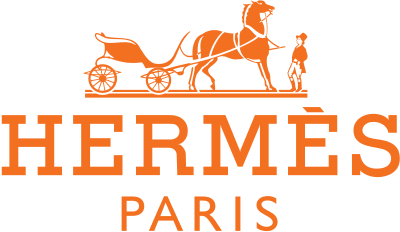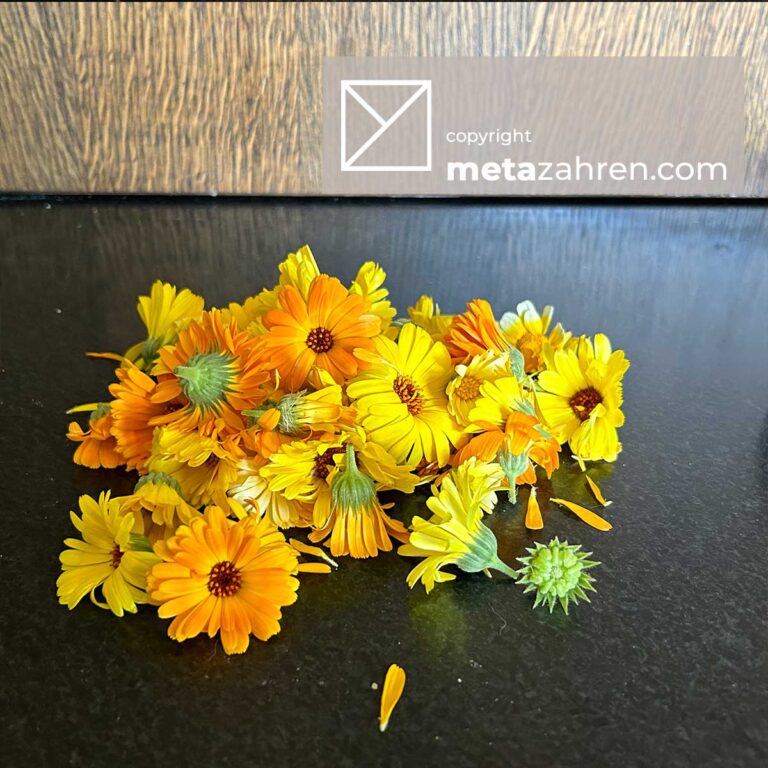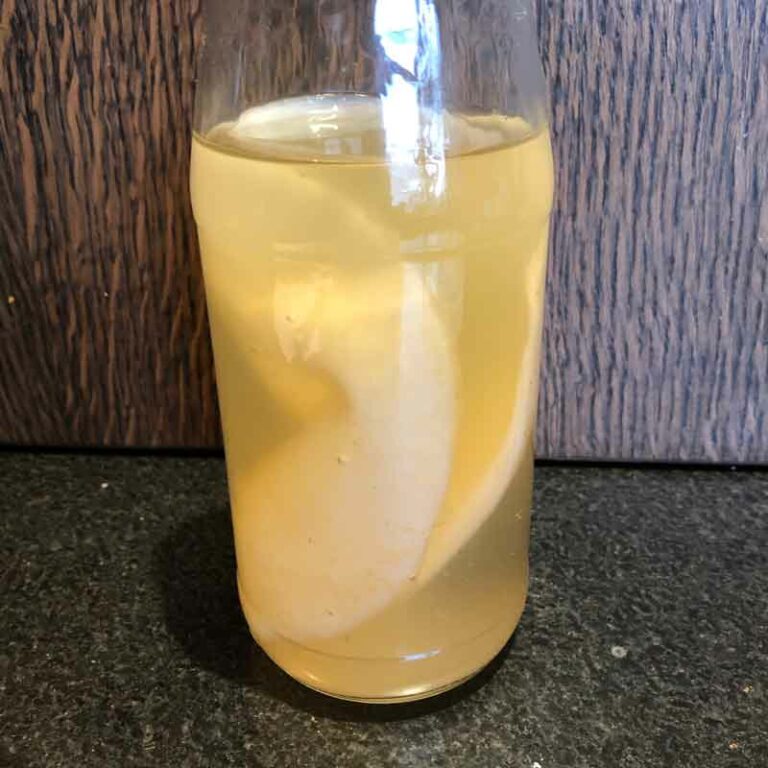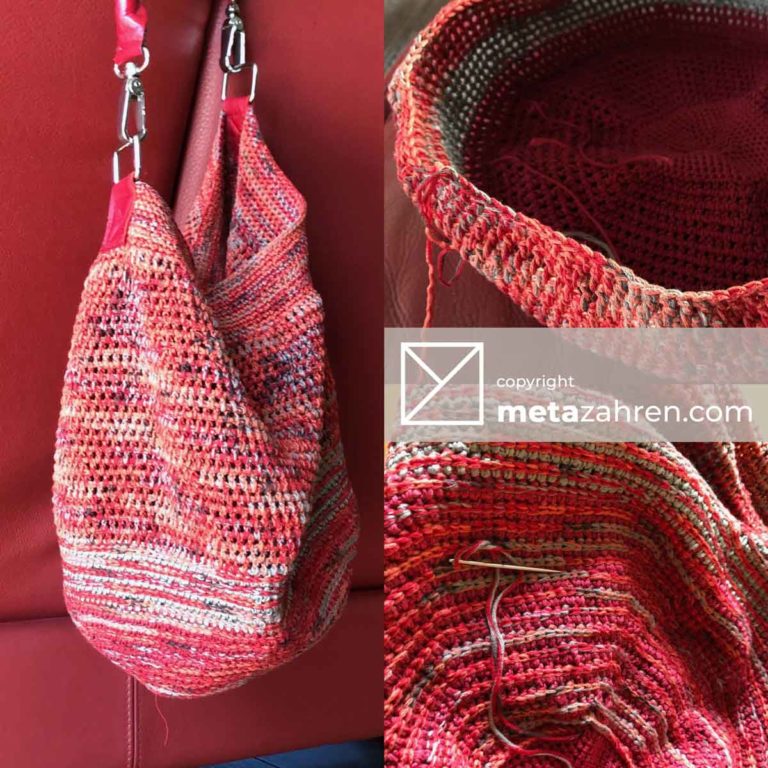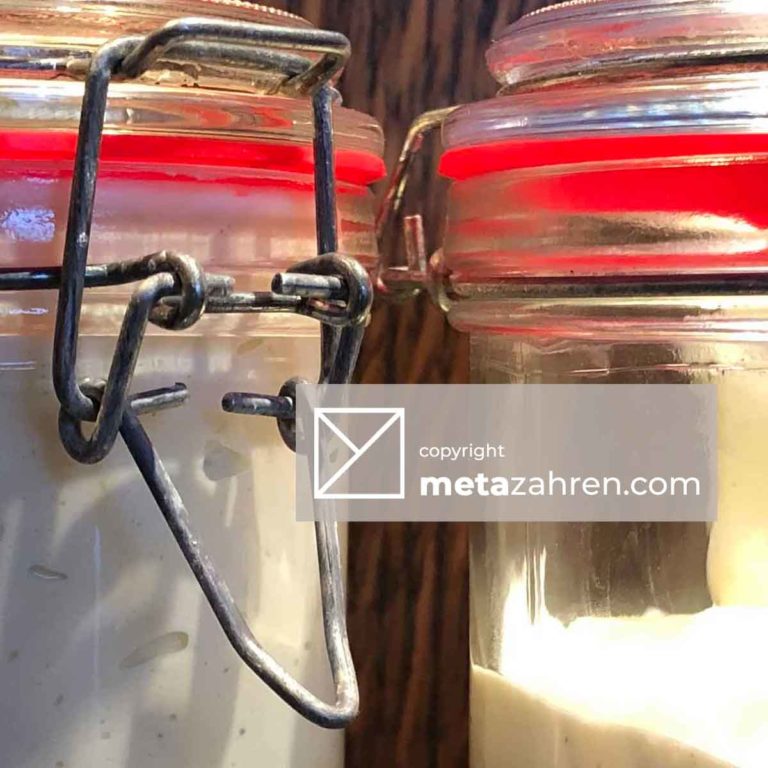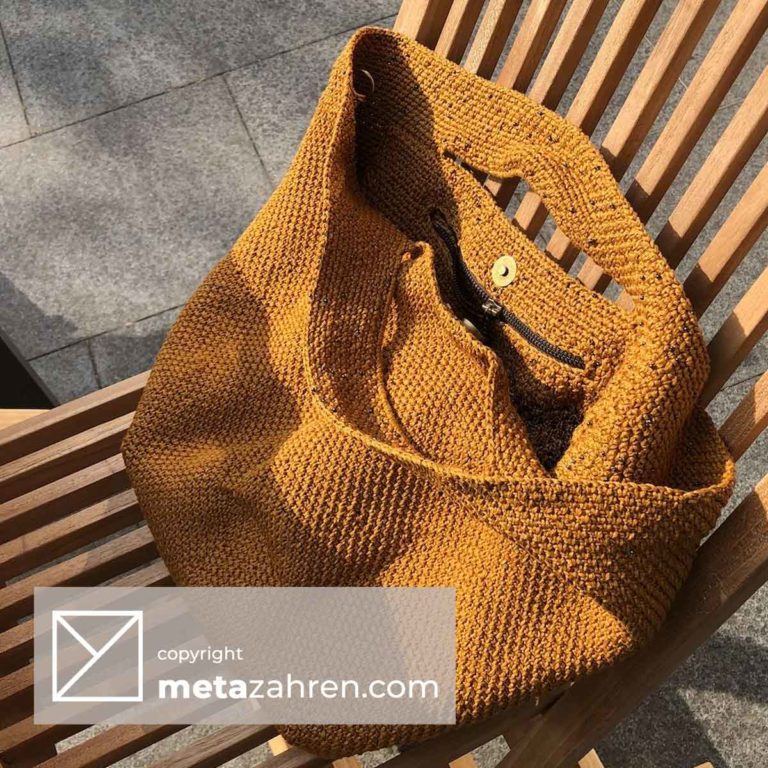Why do so many women go bonkers about the Hermès carré? It took me years to figure it out. Until I became one of them.
What's All The Fuzz About?
Instant Pleasure
The mere touch of the foulard Hermès reveals an intrinsic value of quality and craftsmanship, the epitome of luxury… instant haptic and optic pleasure guaranteed. My personal favourite is the 90 x 90 Carré.
Silk
The silk is almost double the weight of other scarves (grade 6A) and Hermès takes pride in looming their own silk into a tight twill weave that holds its shape perfectly and does not stretch out. A contemporary carré measures about 90×90 cm and weighs about 65g.
The silk is derived from the cocoons of Mulberry moths. It takes about 250-300 of them to make just one 90 x90 Hermès carré. Hermès sourced the silk for their first scarves from China, today it comes from Brazil.
Hem
Time and time again I am captivated by the delicate hand-rolled hems. (Le roulé measuring exactly 15mm). For those of us who ever attempted a similar hem it is obvious that getting all scarf edges perfectly aligned and matched is an art in itself. The fact that a specialised craftsman at Hermès will roll just 7 scarves per day illustrates how time consuming and meticulous a workmanship is involved.
I am a sucker for vintage silk scarves in general (the carré in particular…) and have collected quite a number over the years, many of them beautiful pieces without “pedigree” , but good quality silk and finished with this exquisite hand-rolled hem…
Dedication and Intense Artisanship
All in all it takes about 18 months for Hermès to create a scarf from the artist’s design, over the artisans choice of color palette for a design, the engravers work to the finished scarf. An average of 750 hours is needed to create each scarf design.
Design and colours
The scarf artist hand-designs the scarf pattern. The average contemporary design has 27 colours chosen from an available colour palette of 70 000 colour shades (some sources mention 200 000 colour shades), all made from vegetable dyes. For each design approx. 15 different colourways are composed, only 8 to 10 will finally make it to the customer.
This design is subsequently translated to the process of screen-printing.
For the “Samourai” scarf a mind-blowing number of 47 colours was used (1).
Screen-printed by hand
All Hermès scarves are screen-printed by hand, each and every colour (separately printed) has to dry before the next layer can be applied. The Hermès engravers break the artist’s design down into unique screen layers (films), one for each color contained within the design. It takes the engravers months just to create these films – for an “easy” design a mere 170 – 280 hours, for the more intricate up to 800 hours (1). The more colours the design contains the more difficult the process becomes.
Note that Hermès will destroy any scarves with unintentional negative space or accidental printing overlap. Every scarf sold needs to be perfect in execution and colouring.
How It's Made
The Stories behind each Title and Name
All Hermès scarves have a title given by the designer. Since the mid sixties the titles, artist names and the Hermes copyright started to be incorported into the design of the Carré. . Every design tells a story and showcases the work of a specific artist, which makes them unique, coveted, and highly collectible. Each seasonal collection themed is to inspire new designs.
On a personal note
Now that I understand the manufacturing process a little, I appreciate that production in a European factory (and European wages) has its price. But building a collection of Hermès scarves is not quite in my reach. Luckily Hermès Silks keep their beauty over decades when treated well, so we do not all need to pay full price for a timeless original Hermès on the second hand market.
Having said this – I need to be more specific: some highly sought after Carrés are resold at substantially higher prices than their original shop value… Others are more affordable. All it takes is patience.
Beware of fakes, sometimes they are difficult to spot. The weight of the silk, precision of execution as well as the neatly hand-rolled hem (thread colour precisely matching) are good indicators. Washing instructions label and/or brand label are often missing – probably removed for wearing comfort.
In the past 2 years an increasingly high number of well-made fakes have flooded the market, most of them made in China. Their resemblance to the original is so amazing that I cannot help wondering whether Hermès “secret production site in France” has been outsourcing production … Needless to say that my second hand market forays are now limited to pre-2020 designs.
Care
Be aware that colours can quickly fade from the sun, but this does not keep me from flaunting my carré in summer.
After wearing the scarf I allow the it to breathe overnight before putting it back in the box. Keeping them stored in a dark dry place is important. Best to store the beauties carefully folded inside their original box, ideally in the original acid-free paper, but there are other options too.
However, I want to wear my scarves as much as possible rather than having them boxed up in storage all the time. As silk deteriorates easily when in contact with liquids, I do avoid wearing the much coveted and expensive Hermès pieces on a rainy day, so I mainly wear them in fine weather. On rainy days I still wear a silk scarf, but it will be a vintage no-name piece picked up in the thriftstore… with thick twill silk, hand-rolled hem.
Dry clean recommended, but hand-wash with a silk detergent can be done. The hand-rolled edge should never be pressed. (pressing reduces resale value!)
Video
Documentary on France 3 (Région Auvergne-Rhône-Alpes)
Sources
- https://youtu.be/5-B1LjzMEUo
- https://www.hermes.com
- https://www.thechicselection.com/hermes-scarves-history-most-authentic-designer-scarf
- https://fashion.luxury/style/made-hermes-scarves/
- https://www.thepricer.org/hermes-scarf-cost/
- https://www.invaluable.com/hermes-scarves-wraps/sc-G227NSLC0P/
- http://www.vintagefashionguide.com/2014/10/history-hermes-scarf/
- http://www.therealreal.com
- https://www.harpersbazaar.com.sg/fashion/how-the-hermes-silk-scarf-is-made/
